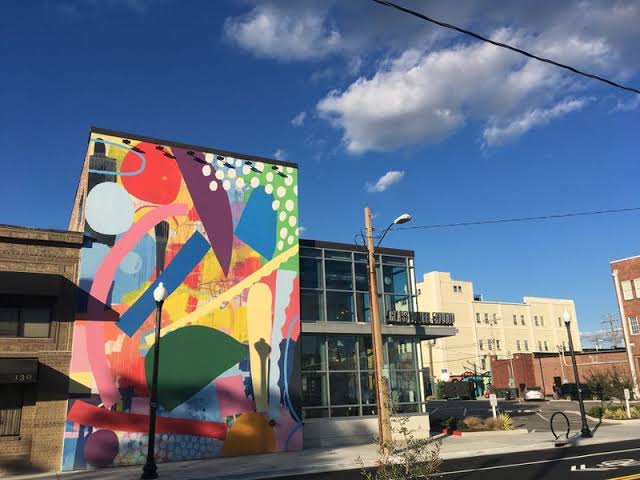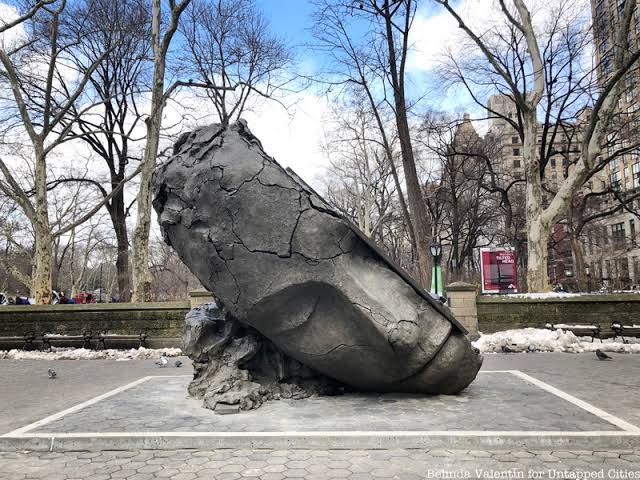Art has the power to connect us with places, with people and even with ourselves. Public art is a fascinating mix of political, socio-political and cultural dynamics that have an important emotional effect and represent much more than superficial beauty. It would be wise for us to continue creating.
For centuries, the influence and benefits of art projects in public spaces have been recognized. The Italian Renaissance represented the golden age of public art in Europe, and President Roosevelt fought for it in the early 1930s with the New Deal, whereby governments and societies have accepted the effects of urban images for a variety of reasons, primarily because they have recognized that art has an impact on people just as people have an impact on art.
How big is the impact of public art?
Apparently, very large. A neuroscience specialist working at the intersection of psychology and architectural and urban design. His studies of mind and behavior in relation to public art have prompted the following question: “Is urban design a public health issue?
Noting that studies have shown that boring urban landscapes increase sadness, addiction, and diseases related to pathologies, he focuses on research to measure the effect public art has on people.
It slows us down, in a good way.
Art integrated into an entire city causes us to slow down physically, which is a benefit in the fast-paced world we live in today. City dwellers generally walk at an average rate of 5 km (or just over 3 miles per hour).
He compared the walking speeds of two places, one with public art and one without, and found that those passing by artwork slowed down by half. This reduction in speed demonstrates how public art influences how we move, how we think and how we feel, even without realizing it.
Causes positive emotions
Public art not only makes a place look alive, it makes us feel alive. Ellard conducted a study where he led a group of people to different places in a city. They answered questions to assess their emotional state on their smartphones and used skin conductance bracelets to measure their level of alertness.
Ellard points out that, near common buildings, “these people were bored and unhappy. When I asked them to describe the place, the terms ‘insipid, monotonous and cold’ were the most used. As they approached cheerful facades, participants visibly changed their attitude. “In the happiest place, they were lively and talkative, and we had a hard time controlling their enthusiasm.

Ellard points out that when they are near cheerful facades, people “stop, look around and assimilate their surroundings in a positive and pleasant affective state, while their nervous system is attentive and animated. Because of these kinds of influences, they really want to be there.
Moreover, it is also because of these effects that many cities have meticulously elaborated building codes for new constructions that impose some of the factors that contribute to cheerful and lively facades. His work shows that public art not only stimulates emotion, but also improves the bottom line of cities and businesses.
Examples of public art projects that foster identity and pride
Los Angeles, California: A pair of 70-foot murals by artist April Greiman, painted in hopes of attracting new residents to a housing development project, became an emblem of the city.
The paintings have appeared in local and national magazines, are used as images of the city’s transit system, and are often used as backgrounds for the mayor’s television commercials. These murals have come to represent LA and have given the city a symbol that resonates with citizens through the energy, color and sensation it generates.
Singapore: The country’s transit company, the Land Transport Authority, created the Art in Transit program to integrate art into its subway stations. Each artwork is created by a local artist and gives the station a unique identity that represents the place.
Travellers connect with art and observe the colors, images, designs and architecture that represent their neighborhoods and cultures. The program has been so successful that they partnered with a local nonprofit organization to offer walking tours of the stations so that everyone can access art and its stories.
Brooklyn Park, Minnesota: The Hennepin County Library commissioned a mural made of 331 ceramic panels on steel that represent the library’s mission statement and tell the history of local culture and general geography through mathematics and science.
The mural resembles the pages of two different books; as they walk in one direction, residents see global images of galaxies and fossils and, in the other, local images of native plants and the Mississippi River. The mural connects visitors to the city and the world through books, and combines identity, education and beauty in a single work.
Tampa, Florida: Under the Laurel Street Bridge by the Hillsborough River in Tampa, FL, you’ll find the Woven Waves artwork. With more than 54 decorative ceramic panels on steel, the mural unites the multicultural communities that make up the surrounding area through a variety of colors and designs.
Art brings new life to the busy crosswalk and shows a history of Tampa, whether you’re driving, walking, kayaking or biking.


